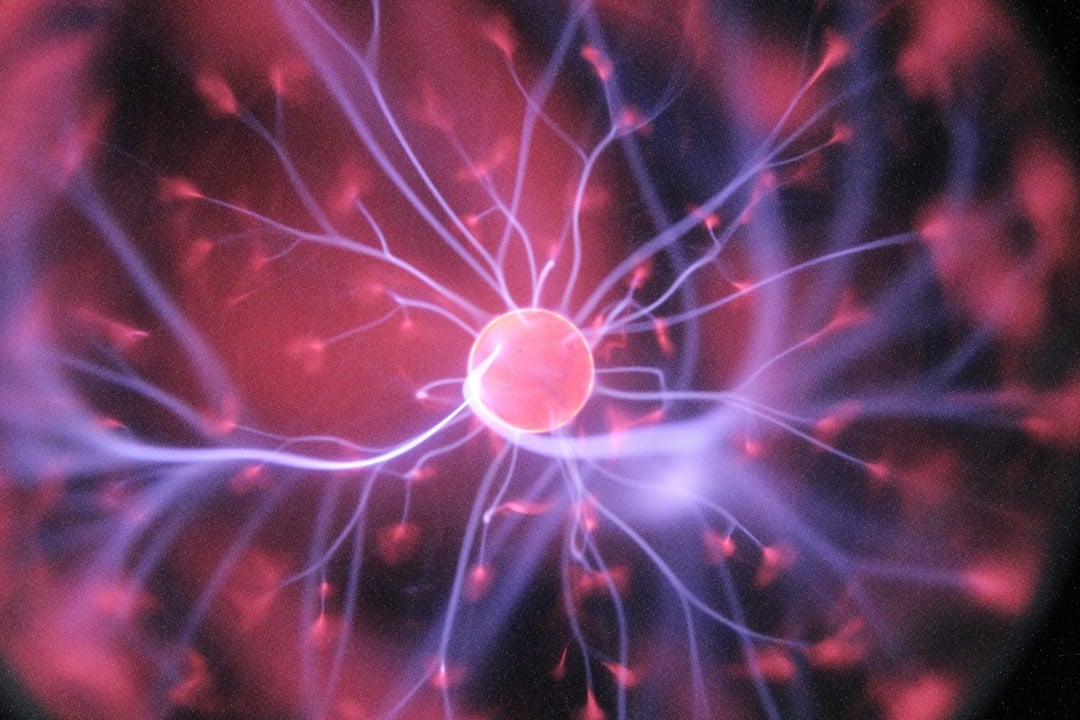If you or a loved one is suffering from any kind of pain, you may have heard the terms chronic and acute being used to describe their condition. This article aims to define each type of pain, list the conditions that commonly cause them, as well as highlight the varying treatment methods that are typically applied to each type of pain.
The team of specialists at Hope Brain & Body Recovery center specializes in the diagnosis and treatment of a range of pain conditions and disorders. Our physicians will run a comprehensive list of tests to pinpoint the source of your pain, and provide you with a pain treatment protocol that is uniquely designed to meet your specific needs!
What’s The Difference Between Acute Pain & Chronic Pain
There are a few simple criteria that define whether your pain is acute or chronic. For the sake of ease, we explain each in greater detail below!
What is Acute Pain?
This form of pain typically occurs suddenly, can range from dull aches to sharp pain in virtually all areas of the body. To be considered acute, this form of pain is expected to last less than 6 months and has a clearly identifiable origin.
Possible sources of acute pain may include:
- Physical impacts like falls or collisions
- Broken bones and fractures
- Cuts
- Blunt trauma and bruising
- Pulled/strained muscle
- and so on.
You can recognize the pattern here, there is a sudden onset of pain, a clear cause, and is expected to heal well within 6 months.
An important thing to remember is that it’s actually possible for acute pain to lead to the development of chronic pain! If you experience an injury that causes acute pain, let’s say you break a bone that causes you to favor one side more than the other; well this can lead to muscular imbalances, uneven wear and tear on supporting discs, and potentially cause arthritis or degenerative joint conditions. This is why it’s so important to have all injuries and types of pain addressed by a trained professional.
What is Chronic Pain?
Chronic pain, on the other hand, can be defined as pain that persists for longer than 6 months and is usually attributed to some form of degenerative disease. The NCBI estimates that as many as a staggering 100 million Americans are living with pain that fit the criteria to be considered chronic sufferers.
Chronic pain very rarely goes away on its own and usually requires medical intervention to restore and maintain the person’s quality of life. Potential causes of chronic pain may include:
- Botched surgery
- Chronic headaches/migraines
- Moderate to severe arthritis
- Cancer, nerve disorders
- Neck/back pain such as degenerative disc diseases
- and many more.
Each person experiences pain differently, and at varying severities. This means that treating your pain is a highly unique process, although there are general best practices that apply.
How To Treat Acute Pain vs Chronic Pain
The obvious goal of pain treatment and management is to relieve or suppress the patient’s pain. Because your condition is unique to you, you will need a treatment plan that is adapted to meet your needs!
Treating Acute Pain
When dealing with acute pain, the treatment process is much more linear. If you need them, painkillers mask the pain while the injury heals. Cuts get stitches, broken bones get casts, muscle strains get relaxants, rest, and therapy. Each of these types of pain has normal procedures to help you feel better as soon as possible, and most often, it works.
As mentioned before, if treatment doesn’t go as planned, injuries can lead to lasting pain and worsening chronic conditions. That is why it’s important to undergo early medical interventions to ensure proper and healthy healing.
Treating Chronic Pain
Treating chronic pain is much different unfortunately. People that live with persistent pain, day after day, often have a chronic disease that is the source of their pain. Conditions like osteoarthritis or nerve disorders will not heal themselves regardless of how much rest and medicine you take.
This is why, for many patients, chronic pain treatment becomes more about managing and suppressing pain on a daily basis, until the source of your pain is treated.
Acute & Chronic Pain Treatment At Hope Brain & Body Recovery Center
While there is a wide range of treatments for each type of pain, injury, and condition, here at Hope Brain & Body, our team of highly trained pain specialists prefers to use non-invasive, non-surgical methods of pain management. This can look different for each patient but your treatment plan could include any of the following:
- Chiropractic adjustments to relieve pain and stiffness.
- Neuromuscular rehabilitation to help you regain functional activity.
- Neurological retraining and therapeutic exercises to improve muscle strength and restore function and mobility.
- Dietary adjustments to promote overall health and reduce inflammation.
- Anodyne Light Therapy for drug-free pain relief using infrared light
Acute & Chronic Pain Therapy Available in Chadds Ford, PA
If you have been experiencing pain, either recently or persistently, you owe it to your health to speak with a trained professional. Reach out to the team at Hope Brain & Body Recovery Center for an accurate diagnosis and effective therapy plan to help your body heal and ensure a healthier future.
Call our offices to speak with a member of our team or schedule a consultation online today!





